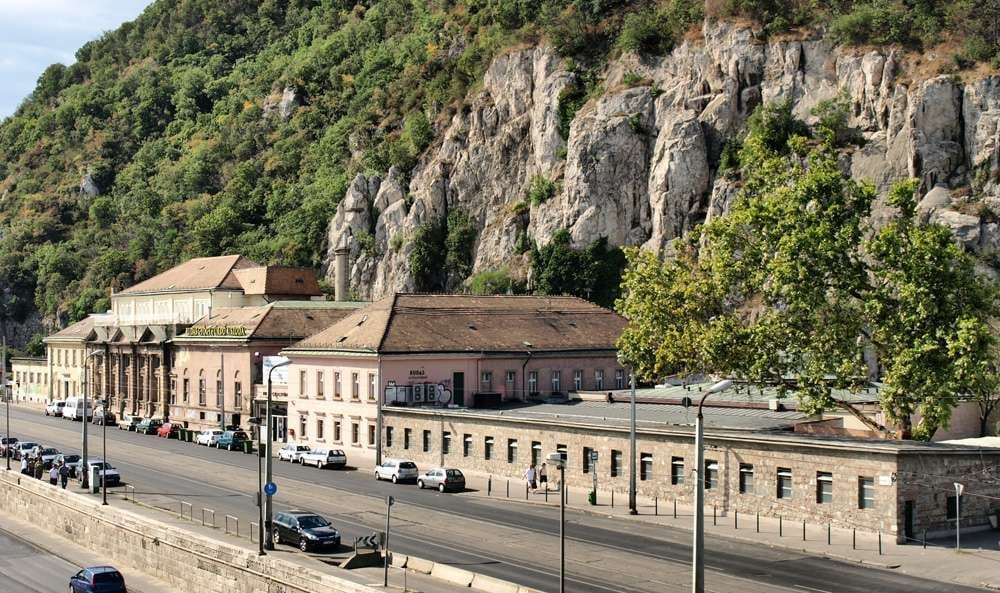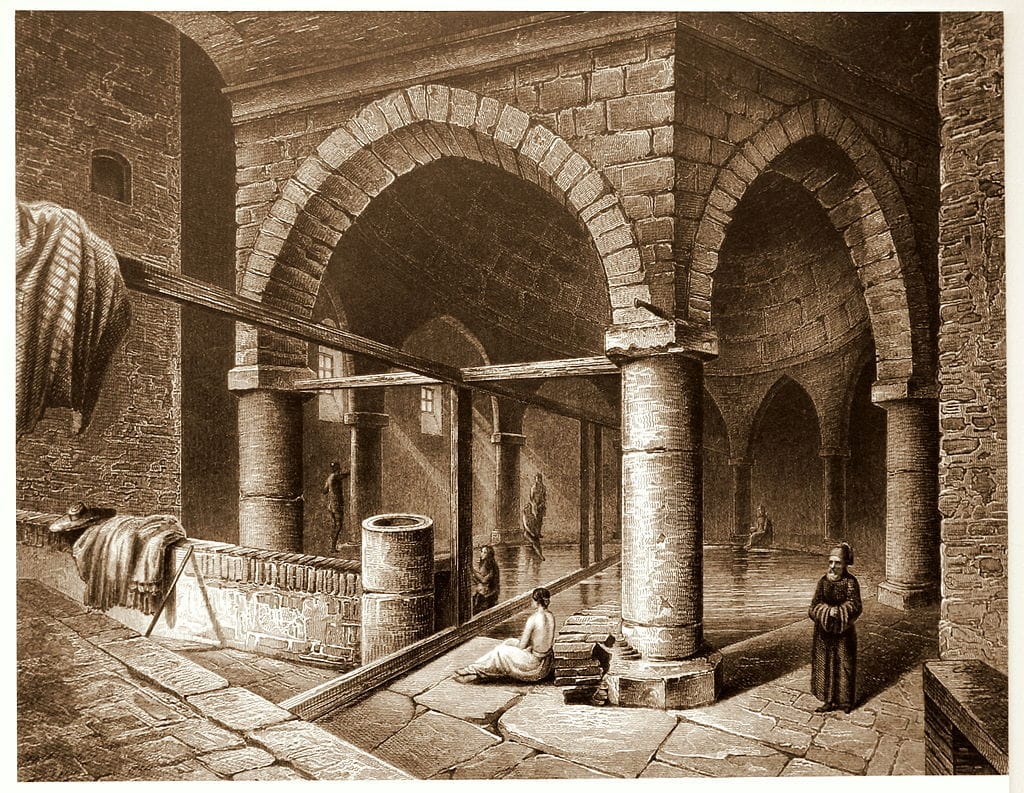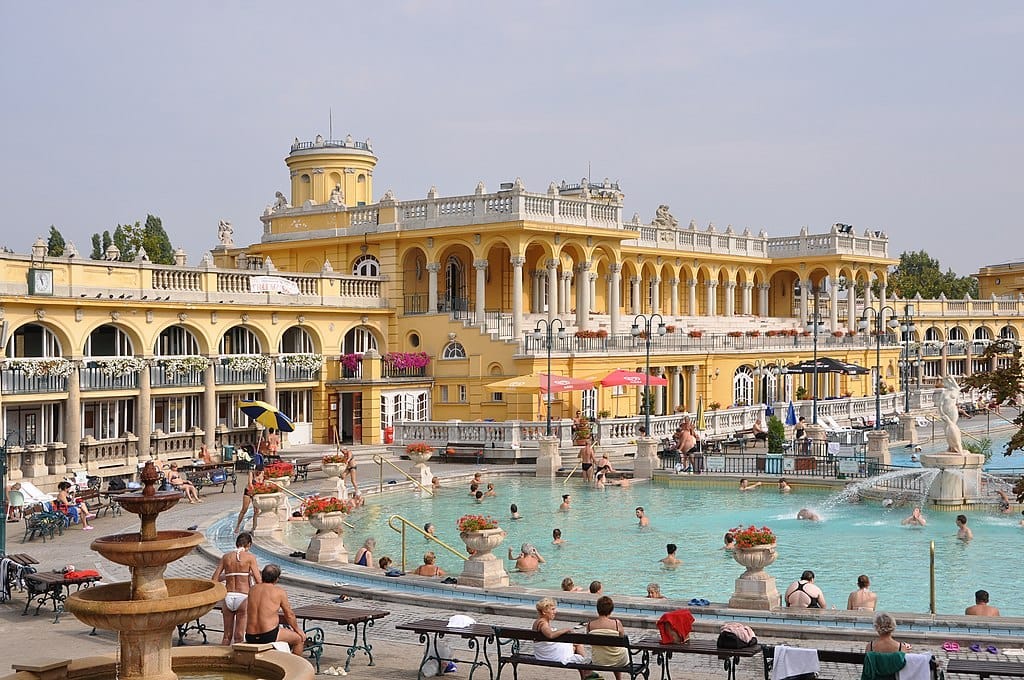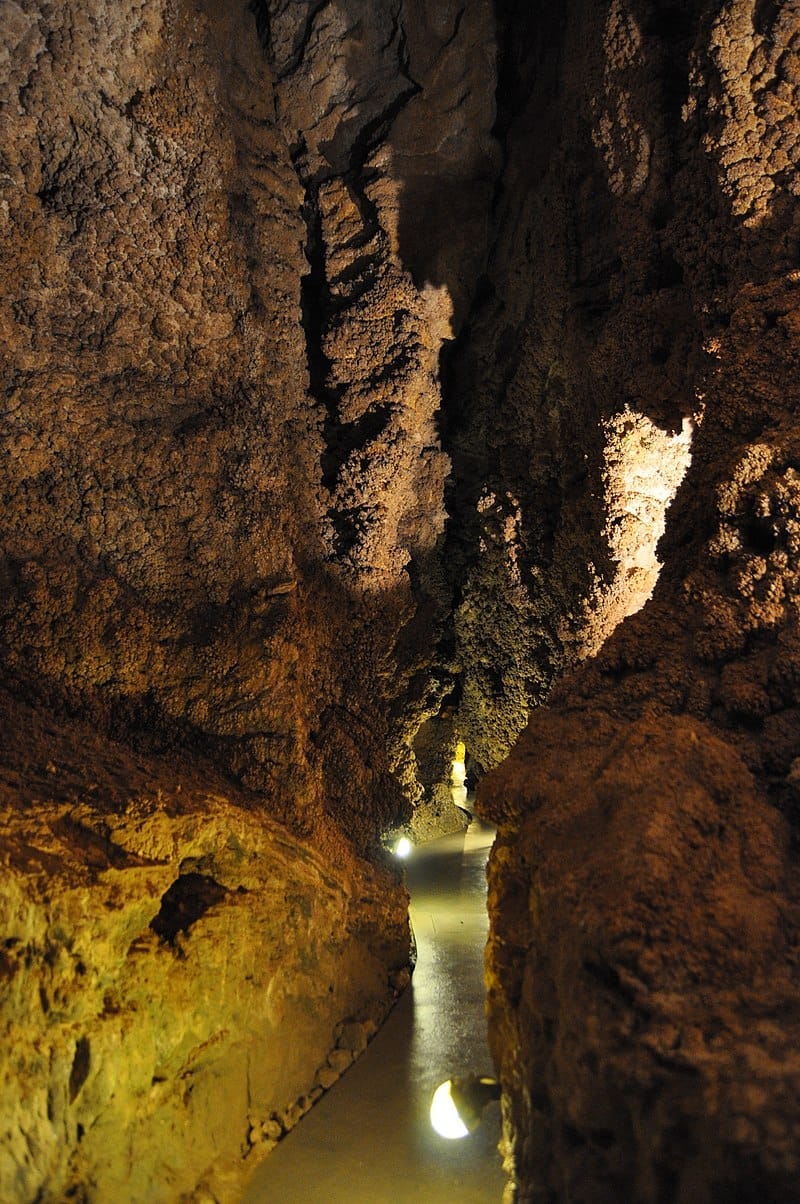The Underground Caves of Budapest: A Hidden World Beneath the City
Beneath Budapest lies a 200-kilometer maze of caves, where ancient thermal springs carved chambers that sheltered empires.
A Hidden World Beneath Budapest
Beneath Budapest lies a vast network of caves, carved by thermal springs over millions of years, still feeding the city’s iconic baths today. Stretching over 200 kilometers, these caverns hold the imprints of empires—the Romans, Ottomans, and Hungarians—each leaving their mark on this hidden world.
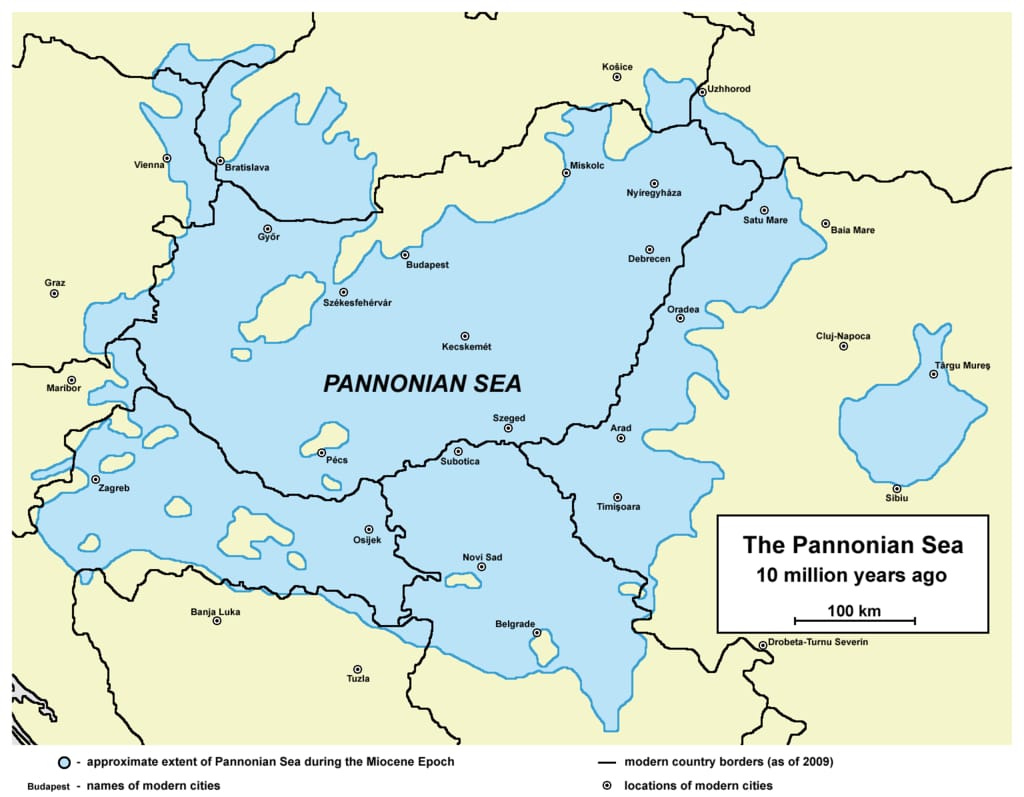
The origins of Budapest’s caves begin with the Pannonian Sea, which covered much of Hungary 10 million years ago. As the sea receded, mineral-rich thermal waters seeped through limestone layers, dissolving them into vast caverns. These same waters were later recognized by the Romans, who established Aquincum, a settlement built around thermal baths. They used the healing properties of these waters, sourced from the caves, to create some of the earliest spa complexes in Europe. For the Romans, these thermal springs weren’t just medicinal—they were an integral part of social and cultural life.
The Roman use of the caves extended beyond leisure. The extensive underground systems provided materials for construction, as limestone was quarried directly from beneath the ground. Roman engineers even carved out tunnels to channel the thermal water to their bathhouses. Fragments of their ingenuity remain visible in the ruins of Aquincum, offering a glimpse of how these ancient architects utilized the natural resources below Budapest.
Centuries later, the Ottomans arrived, leaving an indelible mark on the city and its underground treasures. Ottoman rule from the 16th to the 17th century revitalized the thermal baths, transforming Budapest into a significant hub of Ottoman culture. They harnessed the same thermal springs the Romans had used, building iconic Turkish baths like Rudas and Király. These baths relied on thermal waters flowing through the caves, solidifying the connection between the underground systems and the city’s identity.
But the Ottomans didn’t stop at baths. They recognized the strategic value of the caves during wartime. Hidden beneath Buda Castle, the natural labyrinth of tunnels and chambers became part of their defensive strategies. Soldiers stored supplies in these underground spaces, while the maze-like structure provided a potential escape route during sieges. To this day, these tunnels hold echoes of Ottoman military life, blending into the broader narrative of Budapest’s layered history.
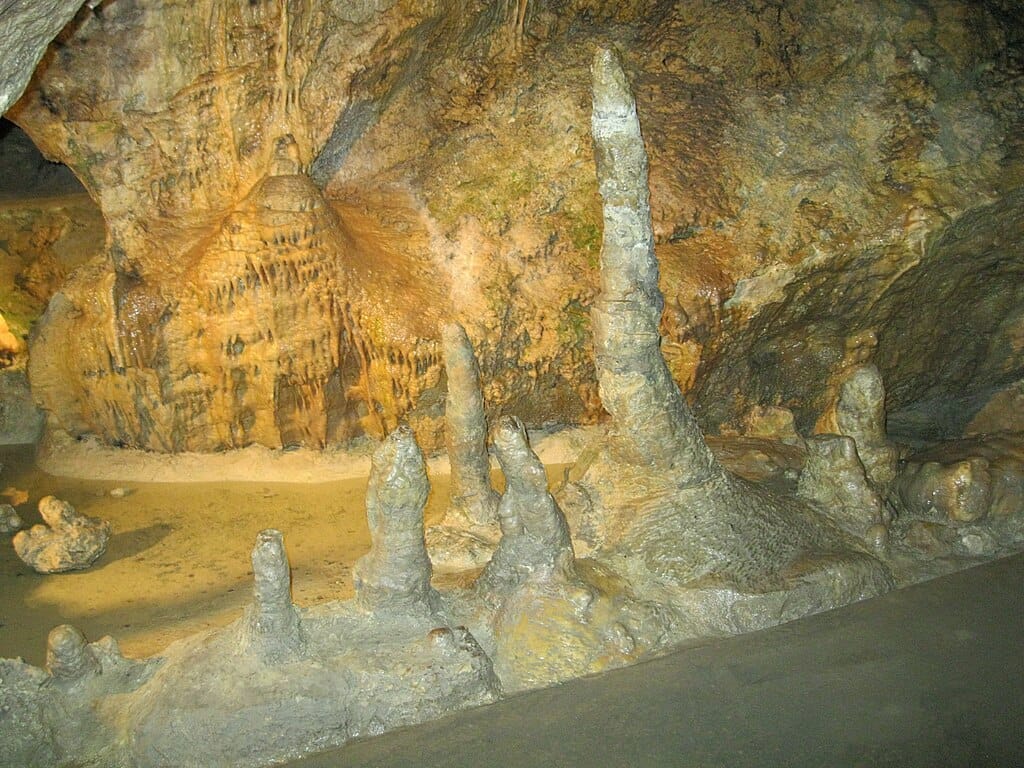
One of the most fascinating cave systems is the Pál-völgyi Cave, stretching over 31 kilometers. While modern-day adventurers explore its towering halls and narrow passages, it’s worth remembering that this network, and others like it, provided critical resources and refuge across eras. The Matthias Church Cave, for example, originally formed by natural thermal activity, became a shelter during wartime—first under Ottoman rule, and later in World War II, when it housed civilians hiding from bombings.
The Labyrinth of Buda Castle, infamous for its connection to Vlad the Impaler, carries Ottoman significance as well. During their occupation of Buda, the labyrinth served as a hidden space for troop movements and supplies. Its dimly lit corridors and ancient carvings tell stories not just of medieval legends, but also of Ottoman soldiers who once traversed these halls.
Even the Ottomans’ influence on Budapest’s cuisine connects to the caves. Cave wine cellars, scattered beneath the city, date back to this period. The Ottomans cultivated vineyards in the region, and the natural climate of the caves proved ideal for storing and aging wine. These wine cellars remain in use today, tying modern Budapest to the flavors of its Ottoman past.
The Romans and Ottomans also contributed to the city’s enduring spa culture. Without their recognition of the thermal springs’ value, Budapest’s identity as the "City of Spas" might never have emerged. The mineral-rich waters, flowing through the caves, became symbols of wellness and luxury, uniting civilizations across time.
Today, many of these caves are open to visitors, offering guided tours that blend science, history, and adventure. Families stroll through illuminated paths in Szemlő-hegyi Cave, while thrill-seekers crawl through tight spaces in Pál-völgyi. Yet the influence of the Romans and Ottomans remains palpable, whether in the aqueduct ruins of Aquincum or the architectural elegance of Ottoman-era baths.
Preservation of the caves has become a priority in recent decades. Urban development, pollution, and climate change threaten these fragile ecosystems. Organizations like the Hungarian Speleological Society work tirelessly to protect and study the caves, ensuring their survival for future generations. These efforts are not just about geology—they preserve the legacy of civilizations that shaped Budapest’s underground.

The caves gained global recognition as UNESCO Geoparks, cementing their place as natural and cultural treasures. This status brings more visitors but also greater responsibility to balance accessibility with preservation. Protecting these ancient wonders ensures that their stories—from Roman aqueducts to Ottoman baths—remain alive.
Exploring Budapest’s caves is like peeling back layers of time. From prehistoric seas to Roman engineering, Ottoman strategy, and modern exploration, each chamber tells a story of resilience and transformation. Whether you’re marveling at mineral formations, diving into underwater mysteries, or retracing history’s footsteps, these caves reveal a side of Budapest that’s as timeless as it is otherworldly.
“No prison can hold me; no hand or leg irons or steel locks can shackle me.”
Harry Houdini
Art

Building Your Brand
Keep reading with a 7-day free trial
Subscribe to The Culture Explorer to keep reading this post and get 7 days of free access to the full post archives.



